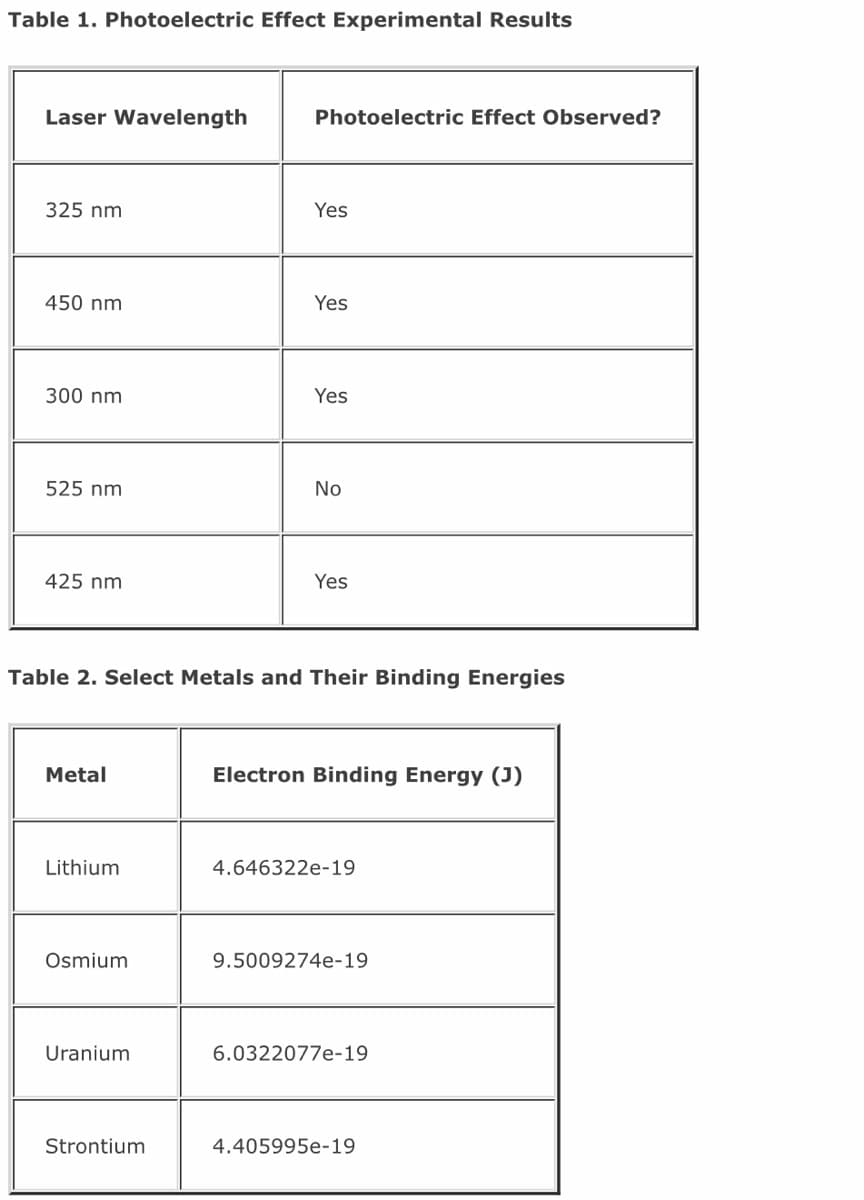of such an experiment are shown below in Table 1. The electron binding energies (a.k.a. work functions) of four metals are provided in Table 2. One of the metals listed in Table 2 is the unknown metal that generated the experimental results shown in Table 1. Which of the four metals listed is most likely to be the unknown metal? Select your answer from the choices listed below Table 2. What is the process to find out which element out of those listed in table 2, is most likely to be the unknown metal?
States of Matter
The substance that constitutes everything in the universe is known as matter. Matter comprises atoms which in turn are composed of electrons, protons, and neutrons. Different atoms combine together to give rise to molecules that act as a foundation for all kinds of substances. There are five states of matter based on their energies of attraction, namely solid, liquid, gases, plasma, and BEC (Bose-Einstein condensates).
Chemical Reactions and Equations
When a chemical species is transformed into another chemical species it is said to have undergone a chemical reaction. It consists of breaking existing bonds and forming new bonds by changing the position of electrons. These reactions are best explained using a chemical equation.

Electron Binding energy is defined as the amount of energy required to remove an electron from an atom.
Step by step
Solved in 5 steps








